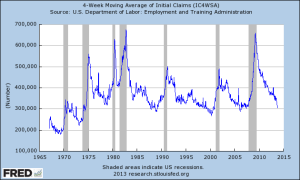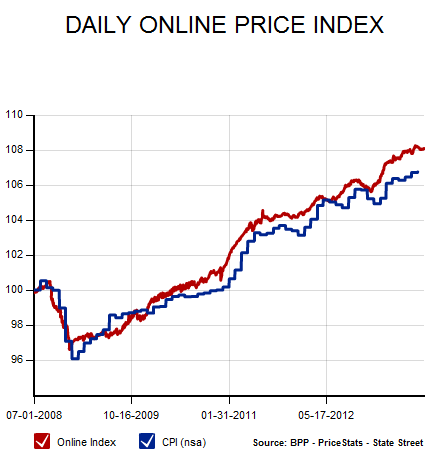As discussed in the previous installment in this series, adjustments are at the core of the debate about inflation, but another way to look at the problem is to consider exactly what’s being measured here. Substitution, of one type of good for another, is a clear case of something being different. What about when you’re talking about the same item, though—say a TV set? Is an HDTV with a flat screen and built-in Internet access the same as an old tube TV without a remote?
These adjustments—for quality, utility, or both—are known in the trade as hedonic adjustments. Again, Shadowstats leads the charge against the current adjustment method, using government-mandated gasoline additives as the poster child for fraudulent adjustments. In its response, the Bureau of Labor Statistics outlines its methodology and gives two examples: a candy bar, which is selling for the same price as before but now weighs half an ounce less, and a TV, which is now available only as an HD model at twice the price. Is an adjustment necessary? If yes, how should it be calculated?







